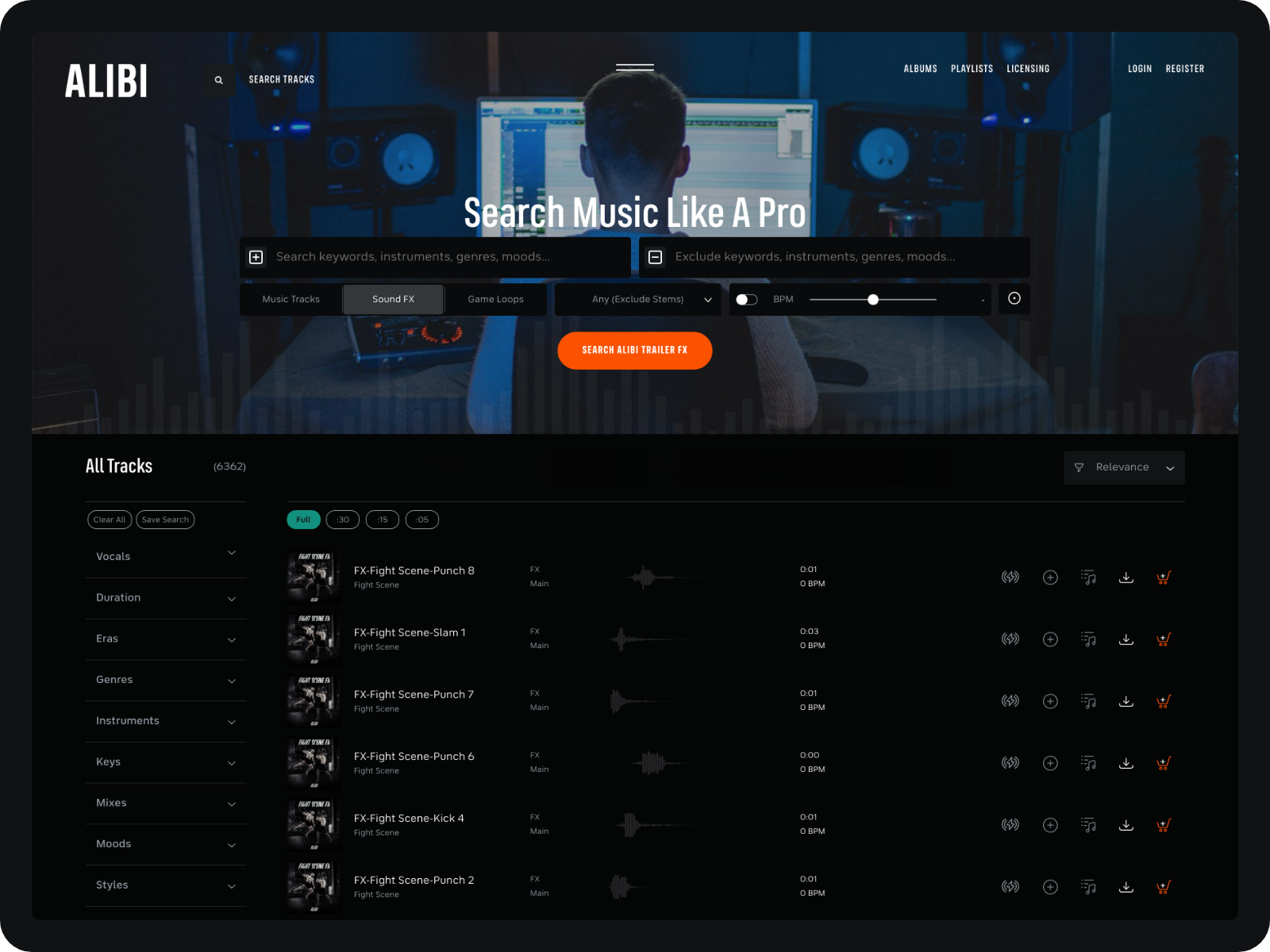There is nothing quite like music’s power to move us. Whether it’s that hope-charged anthem bringing us together, the warm acoustic rhythm pulling at our heartstrings, the chill electronic pop getting us ready to party, we’re influenced in mere moments as ‘the feels’ take over. So when it comes to forming strong consumer connections with brands that are capable of inspiring action, it’s no wonder that the use of music is instrumental.
A
analyzing the effectiveness of television commercials found that the 500 advertisements that also included music outperformed the others across four key metrics: creativity, empathy, emotive power and information power. “While it’s important for consumers to remember the message in your ad,” the study’s corresponding article reads, “connecting on an emotional level can directly lead to a purchase.”As an executive producer and founder of
, a production music company working with major TV, film and consumer brands around the world, I’ve often referred to our services as creating emotion in a package of music. That's what we provide when it comes right down to it. And when it comes to helping editors inject that emotion into television commercials, I’ve also recognized that it’s a nuanced game, with track selection balancing tone, audience and motive, among many other factors.For commercial editors looking to work with a production music company, it’s obviously important to find a catalog with high-quality tracks that span a breadth of genres and emotions, but it’s also the way you work with that library and its assets that can make all the difference. If you really want to tap the emotion of music for your commercial, these are my three tips for optimizing your music library experience:
1 - More is more and communication is golden.
When our music supervisors get requests from commercial editors, we rarely know exactly what they’re working on, though we may get a vague idea. The more information you’re able to provide, the more likely (and quickly) a music library can deliver the most appropriate tracks. Give as much information as you possibly can – more is more! Who is your audience? What are you trying to say? What is the feeling you’re going for?
A good production music library will always provide suggestions, but we really want to hear feedback on those suggestions so we can narrow it down even further. Music supervisors know their catalogs inside and out, so if you’re able to communicate back and forth, sharing as much information and feedback as possible, you’ll hone in on tracks with just the right impact on your audience emotionally, making your client (and you!) look good.
2 - A good reference goes a long way.
Reference tracks can be incredibly helpful in conveying the particular emotion, genre or style of music you want, whether you’re using them to find existing music or inspire something custom. While we can instantly hear the fundamental elements of a reference (tempo, emotion style), we love to learn from those seeking a track what they feel are the most important elements for the project. We also love to know how close the tracks we provide need to stay to the reference. The more communication, the more ability we have to offer creative input and suggest slightly different alternatives that succeed in supporting the story in a way that may not have been previously thought about.
And rather than looking for references on Spotify or YouTube where you won’t be able to work with them, commercial editors should consider searching a production music library first. Why? First and foremost, most catalogs should be spending a considerable amount of time incorporating metadata to offer advanced search capabilities surpassing those of consumer DSPS. And second, if you do find a reference you like, a good library will generally have more in that style to tap into and/or can generally have that same composer write a custom track for you often using the same session. In ALIBI’s case, we can even use the exact same sounds, when requested, 90 percent of the time, enabling the editors we work with to really zero in on the moods they want while customizing the music.
3 - If you build it, they will come.
Music’s ability to move, inspire or motivate audiences is largely driven by its structure. Tracks should build and evolve in order to evoke emotion. It’s all in the structure. To give your commercial’s music the most emotional functionality, be proactive in recognizing what such tracks look like.
As I’ve
, the ideal production music track has emotional peaks and valleys, edit points and builds. Translated as an audio wave, it’s a bit like the classic, three-act story structure of setup, confrontation and resolution (an arc), with the build options and edit points creating a mountain range visually. This is what gives you depth and range of emotion… the high highs, the low lows and everything in between. The options presented in a well-structured piece of music for media provide the choices to utilize a track as a simple background groove, a problem-solution-format piece of music, a three-act story, or a quick climax end tag.A commercial’s music, if well-chosen, can take consumers on a journey that connects them emotionally with your brand and even moves them into action. Once you find a production music library you trust, the way you communicate, use references and work with track structure will play a vital role in making that happen.





